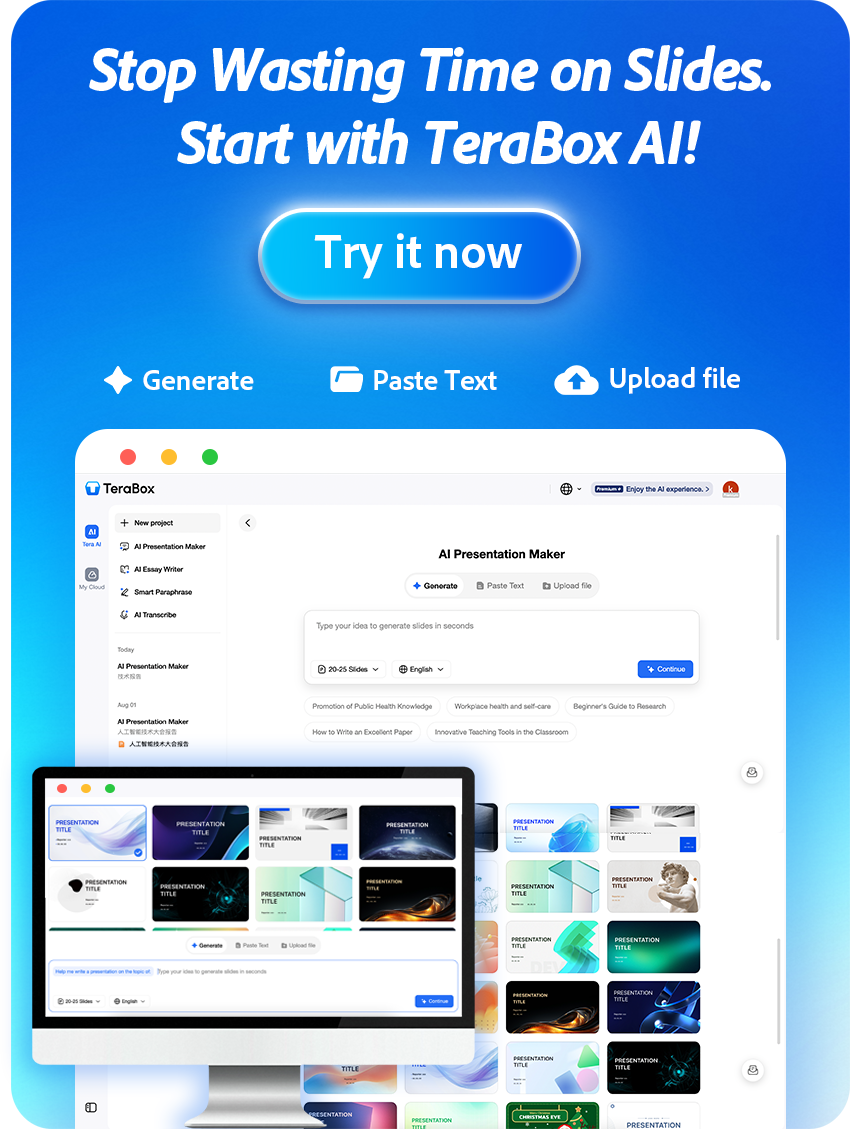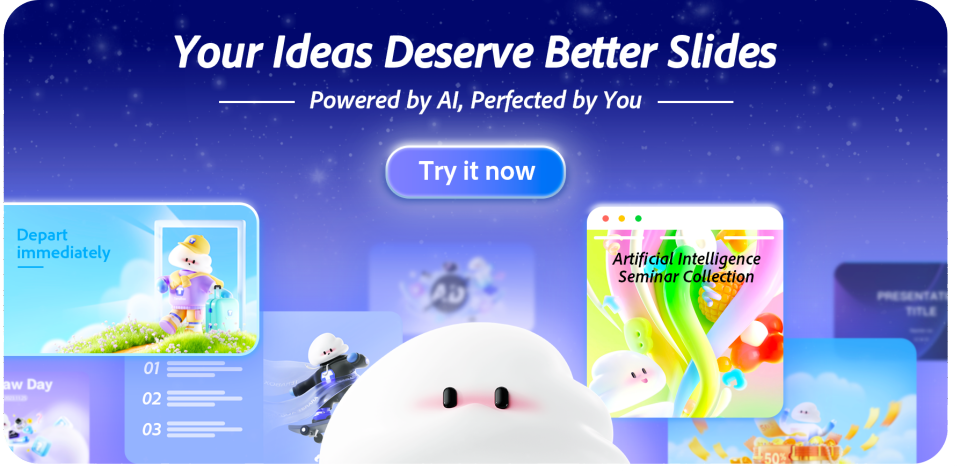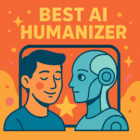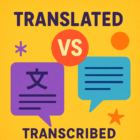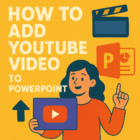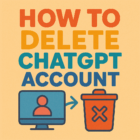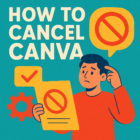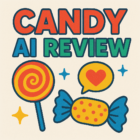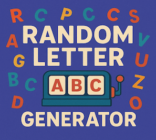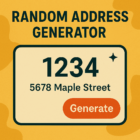Looking to level up your rap writing fast? An AI rap generator helps both beginners and professionals by speeding up idea generation, sparking fresh inspiration, and adapting to many styles for maximum versatility. Use it to draft a hook in minutes, kick-start a verse starter when you’re stuck, or sketch out full song ideas that you can refine into polished tracks.
These generators are built on accessible platforms, so creators with any skill level can experiment with new lyrics and sounds without steep learning curves. Many popular tools also offer free tiers to test workflows before committing to paid features — a low-risk way to add creative fuel to your music production process. See how to pick the right tool in the Choosing the Right AI Rap Generator section below.
The rise of AI marks a clear turning point in songwriting—especially in rap. An ai rap generator helps both beginners and professionals by delivering speed (ideas in minutes), inspiration (new angles when you’re stuck), and versatility (multiple styles and tones on demand). For novices it removes technical barriers so you can focus on voice and performance; for experienced artists it accelerates the drafting process and sparks fresh content to complement existing workflows.
Use AI to generate rapid concept sketches, punchy hooks, or full verse drafts that you can edit into finished material. That said, AI is best used as an assistant—not a replacement—for manual writing: lean on it to jumpstart ideas and save time, then apply your personal style and judgment to refine the lyrics into something uniquely yours.
How AI Rap Generators Create Lyrics
At a high level, AI rap generators combine modern text-generation models with rhyme- and flow-aware components to build rap lyrics. These systems typically use large language models (transformer-style networks) trained on vast corpora of rap and related text to predict the next word or phrase based on your prompt — that’s the core text generation piece.
On top of that foundation, many tools add rhyme prediction (phonetic matching and rhyme-scheme scoring) and flow analysis (tracking syllable counts, stress patterns, and cadence) so the output feels stylistically coherent. Together, these layers help the music generator produce lines that fit a chosen tempo or style and sound natural when performed.
How this differs from manual writing: AI excels at fast idea generation, pattern recombination, and producing many iterations quickly, but it lacks lived experience and the subtle emotional choices a human writer makes. Use AI to generate drafts, punchlines, or alternate bars, then apply your creative control to edit for authenticity, voice, and legal/ethical considerations (ownership and sampling rules differ by platform).
Practical tip: prefer manual writing when you need deeply personal storytelling or unusual metaphors; use AI-assisted drafting to generate ideas rapidly, test different styles, and save time in the early stages of music creation.
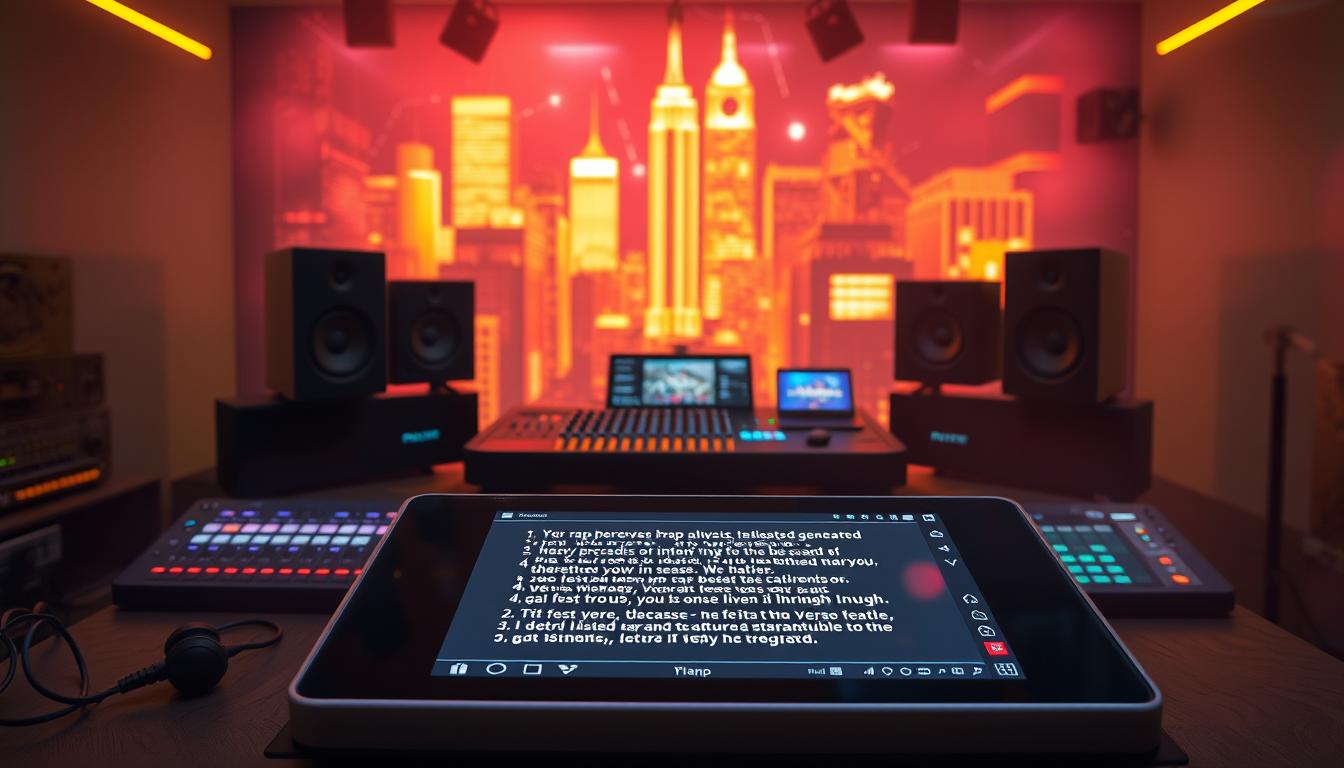
Choosing the Right AI Rap Generator
When selecting the best ai rap generator, weigh Free vs. paid options (ai rap generator free) based on how often you’ll use it and whether you need commercial use rights. Start by checking core features of rap generators—style presets, customization controls (tone, vocabulary, tempo), export options, and how easily the platform integrates with your existing music production workflow.
Key features to look for: clear style selection (Old School, Trap, Storytelling), deep customization (keywords, rhyme density, syllable counts), and high output quality (coherent verses and usable hooks). Also verify licensing: some tools explicitly allow commercial use while others restrict distribution—read the terms before publishing.
If budget is a concern, explore free tiers and trials to test a tool’s capabilities; many music generator platforms let you create sample lyrics at no cost, so you can compare results before paying. Paid plans typically unlock better models, longer tracks of text, and additional features like vocal suggestions or beat-matching.
Below is a sample comparison to illustrate how options differ (update with live tool names and TOS checks when publishing):
| AI Rap Generator | Accessibility | Ease of Use | Quality of Lyrics |
|---|---|---|---|
| Rhyme Genie | Paid | High | Excellent |
| Raply | Free & Paid | Medium | Good |
| DeepBeat | Free | High | Fair |
Bottom line: match the generator to your needs—if you want quick ideas and low cost, try a free song generator trial; if you need polished lyrics and integrations for music production, consider a paid platform. Try a free generator for 5–10 minutes to compare outputs and see which one fits your style and workflow.
Step-by-Step Process to Generate Rap Lyrics
Generating rap lyrics gets simple when you follow a clear process. An AI rap generator speeds up idea generation and helps you try multiple directions fast. Below is a practical workflow to generate rap lyrics easily and turn AI drafts into original songs.
1) Pick a theme or topic
Start with a concrete theme: personal story, social issue, celebration, or a mood. A focused topic gives the AI a strong foundation and makes the resulting lyrics easier to shape into a song.
2) Set mood, tone, and style
Decide whether the track should feel introspective, aggressive, playful, or triumphant, and pick a style (Old School, Boom-Bap, Trap, melodic rap). This helps the generator match cadence and vocabulary to your intended vibe.
3) Input keywords or phrases
Feed the generator specific keywords, key phrases, and context lines — concrete nouns, locations, emotions, or punchline words. Clear inputs produce tighter, more relevant output than vague prompts.
4) Generate lyrics and review results
Run several iterations and compare outputs. Look for usable hooks, memorable lines, or interesting metaphors. Save multiple variants so you can mix and match the best bars.
5) Refine and personalize for originality
Edit the AI output to add your voice: tweak wording, fix cadence, change rhyme schemes, and replace clichéd lines. Check syllable counts against your beat, run quick cadence tests aloud, and make sure the lyrics sound natural when performed. Always verify licensing if you plan to publish commercially.
| Step | Description |
|---|---|
| 1 | Pick a theme or topic |
| 2 | Set mood, tone, and style |
| 3 | Input keywords or phrases |
| 4 | Generate lyrics and review results |
| 5 | Refine and personalize for originality |
Prompt templates to get started:
- Storytelling: “Tell a first-person story about coming up from nothing, mention a small-town street, family, and one turning point—melancholic, cinematic.”
- Punchlines/hook: “Write a short 8-line hook full of punchlines about confidence and success—energetic, trap style.”
- Emotional verse: “Create a 12-line emotional verse about loss and growth, internal rhyme, slow tempo.”
Practical tip: spend 10–20 minutes per iteration—generate multiple prompts, choose the best lines, then spend focused time editing to match your song’s tempo and style. This mix of AI speed and human refinement produces the most original, performance-ready lyrics.
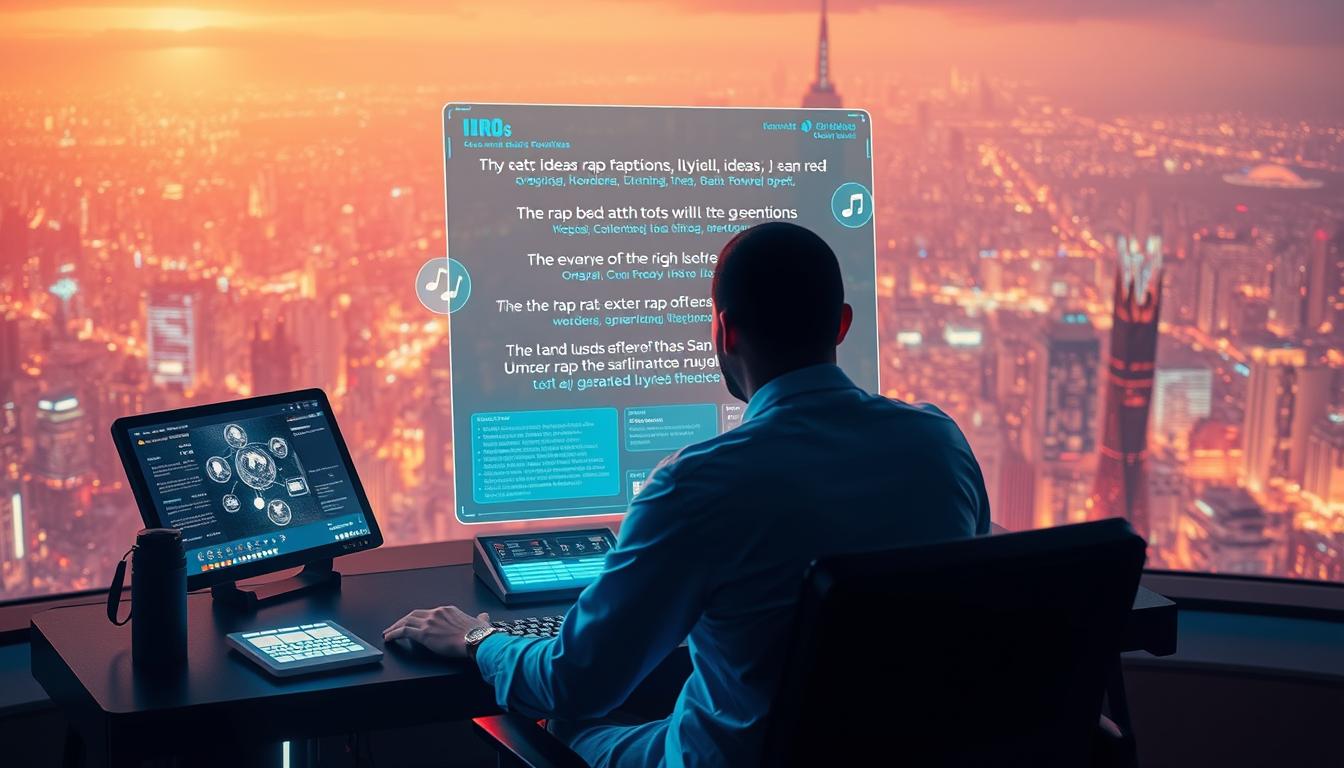
Learn from AI-Generated Rap Lyrics: Examples and Insights
Exploring AI-generated rap examples is one of the fastest ways to understand what makes a strong verse. Studying short AI-generated samples reveals patterns in rhyme, flow, and word choice that you can borrow and adapt for your own songs. Below are three original, AI-style sample verses in different approaches—each followed by a quick breakdown of why it works and how to make it your own.
Example — Storytelling (Narrative)
“Grew up on the corner where the lamplight flickers, mama’s lullabies mixed with the sirens’ whispers. Dreamed of stages past the four-block radius, now I’m mapping constellations from the rooftop, panning out the atlas.”
- Rhyme scheme & flow: internal rhyme (“lamplight flickers” / “sirens’ whispers”) and end-rhyme create momentum for a mid-tempo beat.
- Word choice: concrete details (lamplight, sirens, rooftop) make the scene vivid and easy to expand into a full verse.
- How to adapt: swap specific place names or personal details (family, landmarks) to make it autobiographical and avoid sounding generic.
Example — Punchlines / Braggadocio
“Count my minutes in milestones, y’all counting likes and follows; I turn nights into milestones, turn my echoes into hollows. Bars weigh heavy like the crown I borrow, I rap tomorrow into the pain you swallow.”
- Rhyme scheme & flow: short, punchy lines with internal rhyme and parallel structure work well over an uptempo trap beat.
- Word choice: strong verbs and contrasts (“turn nights,” “pain you swallow”) deliver punchlines listeners can repeat.
- How to adapt: tighten the punchlines to your preferred cadence and replace generic metaphors with unique images tied to your persona.
Example — Emotional / Introspective
“Mirror shows a stranger wearing yesterday’s regrets, I trade conversations with myself for better bets. Silence taught the lessons money couldn’t mention, now I write confessions over minor-key tension.”
- Rhyme scheme & flow: softer syllable counts and longer lines suit a slow, melodic backdrop; internal rhyme adds musicality.
- Word choice: emotional verbs and sensory phrases support vulnerability and connection with listeners.
- How to adapt: add specific memories or a turning-point moment to deepen authenticity and avoid cliché.
Step-by-step: how to adapt an AI verse into your own original lyrics
- Identify the strongest line(s) you like—hook, image, or punch—and keep them as inspiration, not a verbatim copy.
- Replace generic nouns with personal details (names, neighborhoods, jobs, dates) to own the narrative.
- Adjust rhyme endings or change a word or two per line to avoid close mimicry and improve flow with your vocal delivery.
- Run the edited lines aloud against your beat to test cadence; tweak syllable counts and stresses until natural.
| Theme | Example Line | Style |
|---|---|---|
| Resilience | “I rise from the ashes, I’m born from the pain.” | Inspirational |
| Social Justice | “Voices in the streets, we’ll never back down.” | Activist |
| Celebration | “Put your hands up, tonight we ignite the night!” | Party Anthem |
| Storytelling | “Once a dreamer, now I’m painting my fate.” | Narrative |
Final tip: treat AI verses as raw materials—combine lines from different outputs, remix phrasing, and always inject personal details. That process turns generic-sounding AI text into original lyrics that reflect your voice and fit your chosen genre and style.
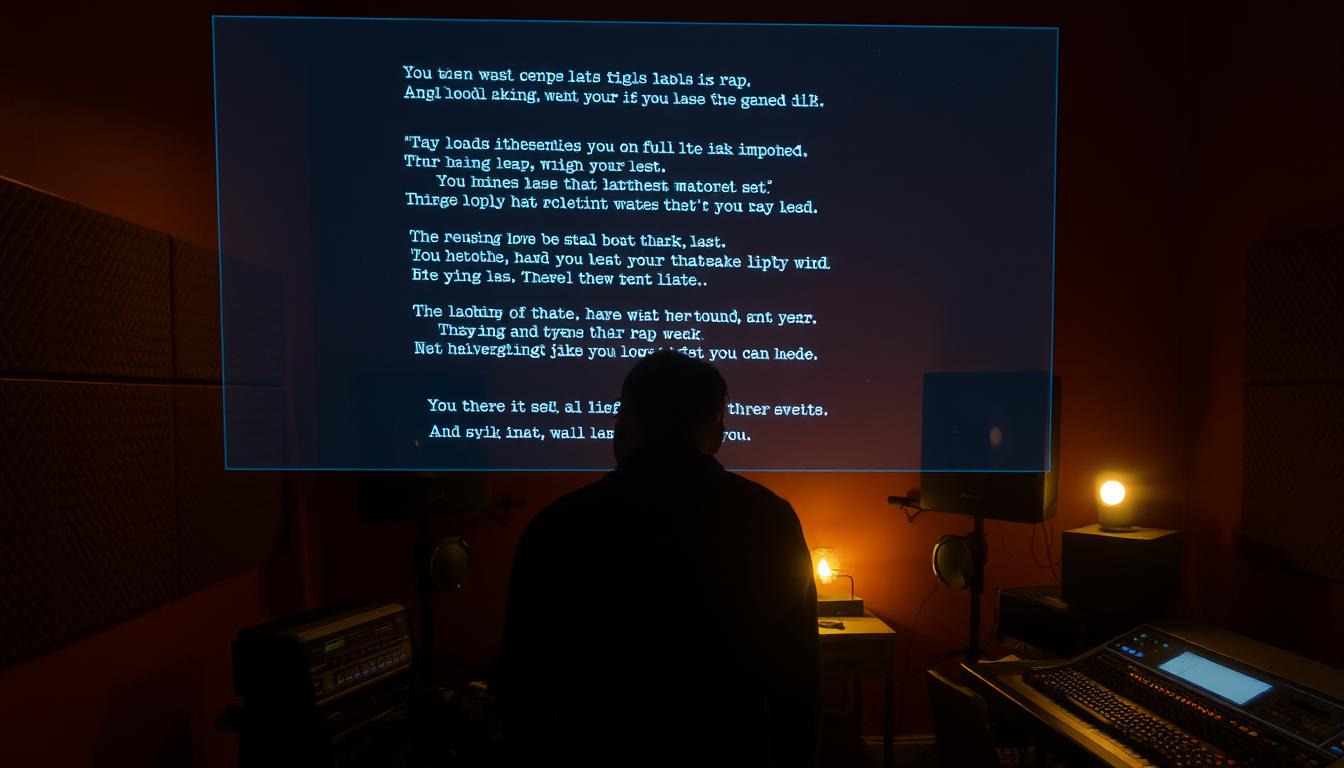
Tips for Maximizing AI Rap Generator Output
Using an AI rap generator opens new avenues for lyrical creativity. To get the best results from these tools and improve AI-generated lyrics, focus on clear prompts, iteration, and adding your personal voice.
1) Provide clear instructions and keywords
Be specific in your prompts: include mood, tempo (or “slow/med/fast”), target rhyme scheme, and a few concrete keywords or images. For example, try a prompt like: “Mid-tempo Trap hook about hustle and late nights — keywords: rooftop, neon, grind — energetic tone.” Clear text prompts guide the generator toward usable lines.
2) Experiment with multiple styles or iterations
Run several iterations and compare results: vary the style parameter (Old School vs. Trap vs. melodic), change word choices, or tweak temperature/settings if the tool supports them. Iteration uncovers unexpected ideas — a single session might yield a catchy hook, while multiple runs reveal stronger verses.
3) Integrate your personal touch for unique lyrics
Always humanize AI output. Replace generic words with personal details, sharpen metaphors, and adjust syllable counts to match your flow. Treat the AI as a collaborator: use its ideas to spark your creativity, then rewrite lines so they reflect your voice and backstory.
Quick prompt examples to try now:
- Storytelling prompt: “Write a 12-line narrative verse about leaving a small town to chase music, cinematic, descriptive, slow tempo.”
- Punchline/hook prompt: “Create an 8-line energetic hook full of punchlines about confidence and hustle, trap style, repeatable chorus.”
Micro-CTA: Try this prompt in your favorite tool and iterate for 10 minutes — compare two outputs and pick the best lines to edit into a demo.
Common Challenges & How to Overcome Them
AI rap generators are powerful but not perfect—users often hit a few recurring problems. The most common are over-reliance on AI, generic output that lacks personality, and lines that don’t fit natural vocal flow or production needs. Here are practical fixes that combine AI speed with human judgment.
1. Over-reliance on AI
Problem: Relying too much on generated text can make songs feel derivative or hollow. Fix: Use AI as a brainstorming partner, not the final voice. Generate multiple ideas quickly, then select and rewrite the best parts to reflect your experiences and perspective.
2. Generic or repetitive lyrics
Problem: Broad prompts often return bland, template-like lines. Fix: Make inputs specific—add unique keywords, personal details, and concrete images. Narrowing the prompt improves output relevance and gives you original hooks to develop.
3. Lack of natural flow for vocals
Problem: AI lines can have awkward syllable counts or stresses that don’t match your cadence. Fix: Edit for performance: read bars aloud against the beat, adjust syllables, break lines differently, or swap synonyms for smoother delivery.
Quick example — edit for flow:
AI output (before): “I’m climbing up the ladder, nights I plot and scheme.”
Edited (after): “Climbing ladders at night—plot, scheme, repeat.”
- Change structure to match natural breath points.
- Shorten or lengthen phrases to fit the beat and vocal delivery.
Final tips: practice delivering AI lines to improve cadence, combine AI drafts with manual writing for authenticity, and always test lyrics over the actual background track or instrumental to ensure they work in production.
Creative Use Cases for AI-Generated Rap Lyrics
AI-generated rap lyrics open practical doors for artists and content creators across music production and social platforms. Below are high-impact use cases with concrete micro-examples you can try right away.
1) Songwriting and demos
Use an AI song generator to sketch full verses, hooks, or bridge ideas quickly so you can focus on beats and arrangement. Workflow example: generate a 16-bar verse → select the best 4 bars as a hook idea → lay a quick beat, record a demo vocal, and iterate. This lets you produce a rough demo track in under an hour.
2) Social media content and short videos
AI lyrics work great for punchy hooks and 15–30 second clips tailored to videos. Example: generate a 4-line hook optimized for TikTok (repeatable chorus, catchy phrase), add background music, and you’ve got a shareable video-ready clip. Content creators can rapidly test different hooks and formats to see what resonates on platforms and videos.
3) Freestyle practice and rap battles
Generate random lines or punchy one-liners to expand vocabulary and spark improvisation. Drill example: pull 10 random bars from a generator and freestyle transitions between them to build on-the-spot creativity and sharpen delivery for battles or practice sessions.
4) Collaborative projects with other artists
AI can jumpstart collaborative tracks—each artist can feed in personal keywords and merge chosen lines into a single song. Use-case: create a shared doc of AI-generated hooks and verses, assign parts, then produce tracks with layered vocals and background music to create a cohesive collaborative EP.
Quick experiment (CTA): make a 30-second clip now—use an AI tool to generate a hook, pair it with a royalty-free background beat, record a quick vocal, and post as a test track. Track engagement to see which styles and themes perform best.
Future Trends of AI in Rap and Music Creation
The evolution of rap and broader music creation is accelerating as AI tools become more integrated into artists’ workflows. Expect rapid advances in how we generate music and lyrics together: smarter composition assistants, cross-genre lyric generation, and personalized songwriting platforms that adapt to an individual artist’s voice and needs. These trends will reshape music production and open new creative possibilities while raising questions about authorship and commercial use.
1) AI-assisted composition and beat integration
Next-gen tools will suggest complete arrangements — matching lyrics to tempo, recommending chord changes, and proposing vocal placement so lines land on strong beats. Practically, a generator could output a 16-bar verse with suggested BPM, suggested beat pockets for emphasis, and notes like “double-time on line 3.” This streamlines music production by helping creators prototype full tracks faster.
2) Cross-genre AI lyric generation
AI is already blending elements from different genres, producing hybrid lyrics that borrow imagery and cadences from multiple styles. That capability lets artists experiment with genre-fusing ideas (e.g., trap cadence + jazz storytelling) and rapidly explore creative directions that would take much longer manually.
3) Personalized AI songwriting tools
Personalization is a major trend: tools that learn an artist’s vocabulary, preferred rhyme patterns, and recurring themes will generate suggestions that feel more like a writing partner than a generic generator. Over time, these platforms can speed up drafts and help artists maintain a consistent voice across songs.
Practical implications and notes on quality control: as AI-generated background ideas and lyrics become more sophisticated, always review commercial use policies on the platform you use and run quality checks—edit for authenticity, check for accidental reuse of copyrighted lines, and make sure the final production fits your vocal delivery and the track’s sonic background.
Conclusion
As we wrap up on AI lyrics, it’s clear these tools deliver three core benefits for creators: speed, inspiration, and creativity. Used well, an ai rap generator can accelerate your music creation process (speed), unblock new lyrical ideas when you’re stuck (inspiration), and expand the range of styles and possibilities you can explore (creativity).
Experiment with different generators and compare outputs — each platform has slightly different strengths, so trying several helps you find the one that matches your workflow and sonic taste. Remember: AI is a tool to enhance your voice, not replace it. Combine generated ideas with your personal experiences and performance to produce authentic songs that stand out.
Actionable step: try a free generator for 10 minutes — generate a hook, pair it with a quick instrumental, and record a short demo to see how AI speeds up your idea-to-track process. That small experiment will show you how AI can spark fresh ideas and help you move from concept to recorded music faster.
